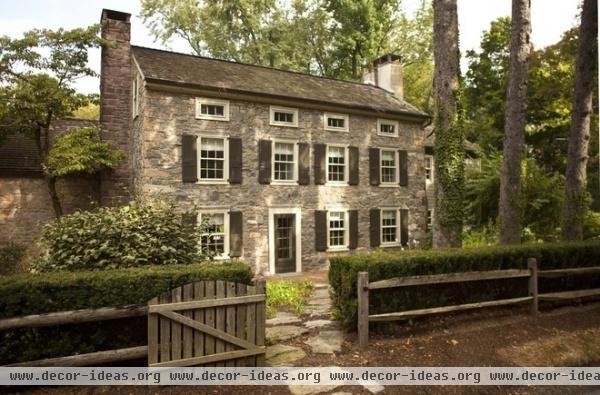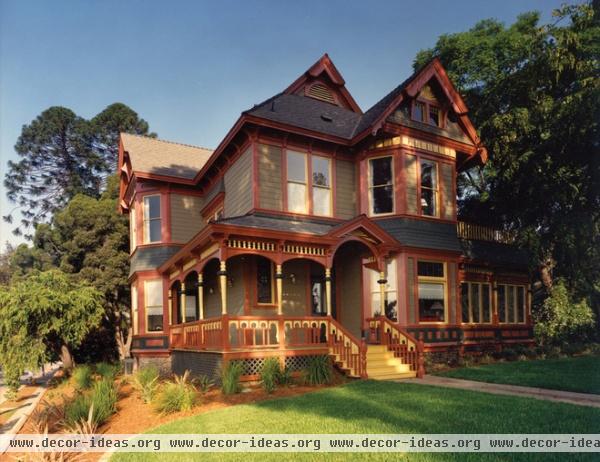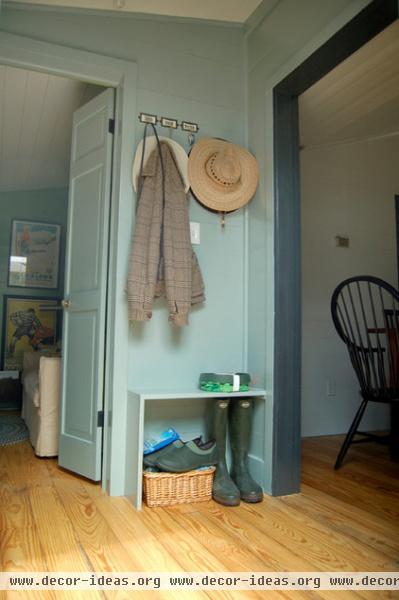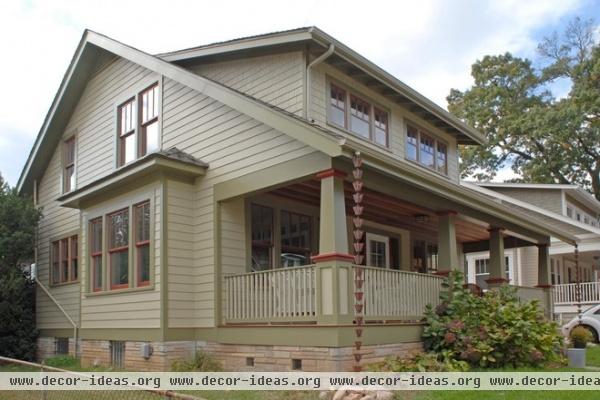How to Research Your Home's History
http://decor-ideas.org 11/11/2013 00:10 Decor Ideas
If you live in an older home, it can be exciting and edifying to learn about the history of your house. What did it look like when it was built? Who lived in it? What changes have been made over time? Knowing more about your home's history can also help you make key renovating and decorating decisions with an eye to maintaining the vintage appeal.
Whether you're searching for the perfect colors or seeking the right newel post, the more you know about where your house has been, the easier it will be to move forward. But where on earth do you begin? Here are a host of ideas that will put you on the path to uncovering your home's history.

Learn about your home's architectural style. If you do not yet know what architectural style your home is, or know what the style is but not much about it, reading up on it is a great way to begin. There is a wealth of information in books and on Houzz covering all major architectural styles, from colonial to Craftsman. Just by knowing your home's architectural style, you can find color scheme ideas for inside and out, and get an idea of what your home probably looked like when it was built.
Learn about the origins of popular home styles

Look for clues in and around your home. Any and all original details your home still has should be carefully examined and preserved, if possible. Even if you know you will not be able to salvage something, save a part of it or take photographs of it for future reference. Old shingles, windows, lighting, floorboards, hardware and pieces of cabinetry can be replicated by a good craftsperson. Even areas of chipped paint can give you a peek at your home's original colors.
In the home shown here, the original box beam ceilings were revealed when drywall was removed. The buffet and flanking windows were original, but new leaded-glass cabinet doors were added by a craftsperson.
Artifacts you find in your attic, shed or yard can also provide clues about the people who once lived in your home. Exposed lumber in the attic or crawl space may show markings that can help identify your home as a kit house, for example, or provide clues about your home's age.

Talk with your neighbors. If you want to take your research a step further, it can be fascinating (and enlightening) to look into the story of your home. The easiest way to start is often by striking up a conversation with neighbors — particularly residents who have lived on your block for a long time. You may be able to find out what changes have been made to your home, who once lived there and possibly even more historical details that a past owner shared with them.

Research your home's history. First check with the State Historic Preservation Office to find out if your home is a historic structure, if you're not sure. This is important, because any changes you are considering making will be affected by your home's historical status. You can also go to your city or county offices and ask to do a title or deed search on your address. These property and land records can provide clues about when your home was built and how it may have changed over the years.
But the most helpful pace of all may be your local library! In this age of digital information, it's almost shocking to realize that some information is actually easier to find in person. Old town records, original photographs of homes, historical maps and relevant newspaper articles are all items that can be tracked down with help from your local reference librarian.
Try your local historical society, too. An active historical society can have a wealth of information on homes in the area. Many of these societies do not keep an office with regular hours, so try emailing or calling the contact person, who will probably be happy to help.

Uncover your home's original color palette. Simply chipping away a bit of the existing paint can reveal the original colors of your home. You could take the (literal) paint chips to a paint store to have them matched, but be aware that the original colors were likely brighter than what you see today — after many years, the colors have surely faded. A historic renovation professional may be able to make an educated guess as to what the original hues looked like. If you are doing this on your own, a better bet may be to use the faded old colors as inspiration for a new palette.

Choose paint colors from a historic color collection. Whether you are using paint chips discovered beneath layers of interior or exterior paint, or are starting fresh but want to use historically accurate colors, there are now many paint companies ready to make things easier.
A few you might find helpful:
Benjamin Moore, which has a comprehensive historic color collection covering a range of architectural stylesSherwin-Williams, which has both interior and exterior paint colors for a wide range of American architectural stylesFine Paints of Europe, which carries high-pigment-content paints in historic huesFarrow & Ball, which has historic paints and papers

A special note for owners of kit homes. Kit homes sold through catalogs were once a popular and affordable option for new homeowners in America. If you discover that your home was built as a kit house from the old Sears catalog, your first stop should be the Sears Archives, where you can find photographs of all of the original Sears kit home designs and floor plans. This can also be a great help in determining if your home really is a Sears home. If paint colors are what you are after, there is a list of ones that were used on the original Sears homes, along with modern equivalents, available from Old House Journal.
Of course, while Sears was one of the most popular, it was not the only manufacturer of kit houses — see Kit Houses Stand the Test of Time for more info on kit homes.

Tell us: Have you researched your home's history? What resources have you found most helpful?
Roots of Style: How Did Your Home Get Its Look?
Related Articles Recommended












